Satellite Laser Communication - High-Speed Secure Data Transmission

Welcome! Let's optimize your satellite laser communication system.
Empowering space with AI-driven laser communications.
What are the key considerations when designing optical paths for satellite laser communication?
How can atmospheric interference be mitigated in satellite laser communication systems?
What are the best practices for ensuring signal integrity in space-based laser communication?
Can you explain the different modulation techniques used for maximizing data throughput in satellite laser systems?
Get Embed Code
Overview of Satellite Laser Communication
Satellite Laser Communication (SLC) systems are advanced communication frameworks that use laser beams to transmit data between satellites, or between satellites and ground stations. Unlike traditional RF communication, SLC offers higher data rates, increased security, and reduced size and weight of the onboard communication equipment. These systems are particularly useful in applications where high-bandwidth and low-latency communications are essential. For example, SLC can facilitate real-time video streaming from high-resolution earth observation satellites, or enable fast data transfer between satellite constellations for global internet coverage. Powered by ChatGPT-4o。

Core Functions of Satellite Laser Communication
High-Bandwidth Data Transmission
Example
Providing broadband internet from satellite constellations to remote areas.
Scenario
SLC systems can deliver gigabit-per-second data rates, enabling high-speed internet access in regions where terrestrial infrastructure is not feasible.
Secure Communication
Example
Military satellite networks using SLC for secure data transfer.
Scenario
Due to the narrow beam divergence of lasers, SLC offers enhanced security against eavesdropping, crucial for military or governmental communications.
Inter-Satellite Links
Example
Data relay between low Earth orbit (LEO) satellites and geostationary (GEO) satellites.
Scenario
SLC facilitates rapid data exchange within satellite constellations, enabling LEO satellites to quickly relay information to GEO satellites or ground stations.
Target Users of Satellite Laser Communication Services
Aerospace and Defense Industries
These sectors require reliable, secure, and high-bandwidth communication for operations in remote or contested environments, making them ideal beneficiaries of SLC's capabilities.
Telecommunication Providers
SLC can augment terrestrial networks by offering additional bandwidth and coverage, especially useful for 5G networks or in areas lacking fiber-optic infrastructure.
Scientific and Research Organizations
These groups leverage SLC for high-speed data transmission from space-based observatories or earth observation satellites, facilitating rapid data analysis and dissemination.

How to Utilize Satellite Laser Communication
1
Start with a no-cost trial at yeschat.ai, bypassing the need for login and ChatGPT Plus subscription.
2
Understand the technical requirements, such as satellite alignment, laser transmitter and receiver capabilities, and atmospheric conditions that could affect signal quality.
3
Implement a test communication link to evaluate system performance, including bandwidth, latency, and error rates under different conditions.
4
Optimize the system configuration for your specific use case, whether it's for high-speed internet services, secure military communications, or remote sensing data transmission.
5
Regularly monitor and maintain the system to ensure reliable operation, adjusting for any changes in satellite orbit or environmental factors.
Try other advanced and practical GPTs
Satellite Operations Advisor
Expert Satellite Operations Insights, Powered by AI
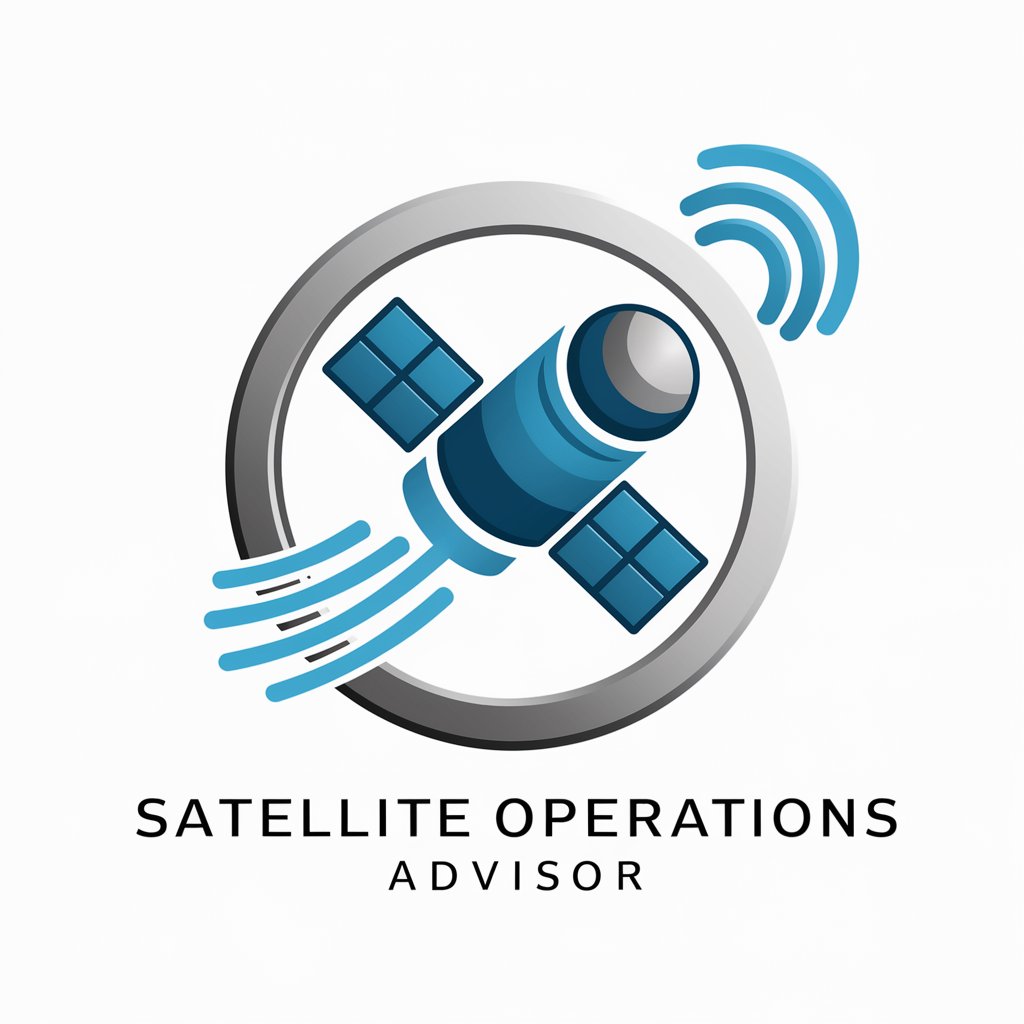
satellite imagery analysis
Unlocking Earth's secrets with AI
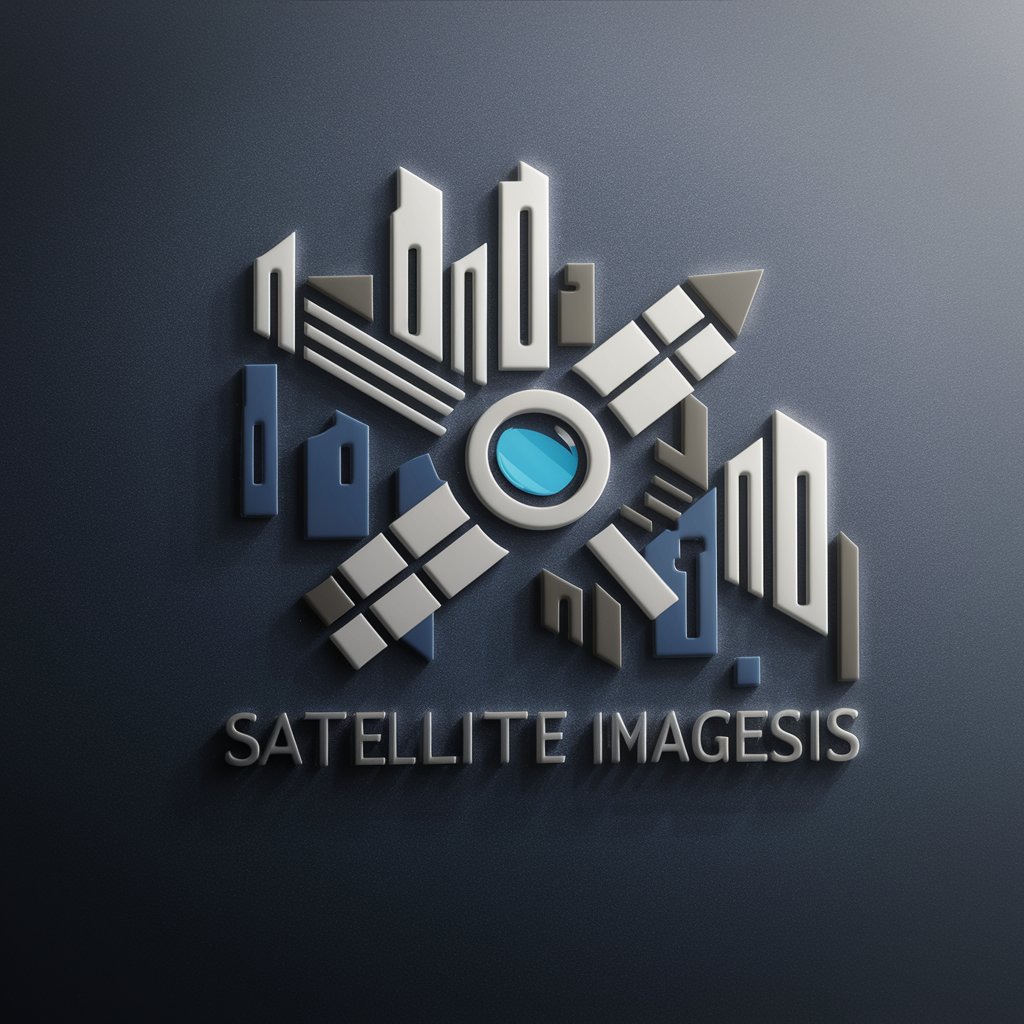
Creative Juice
Unleash creativity with AI-powered insights

Assistente Juice at Home
Your Personalized Gourmet Guide

Gym & Juice Guru
AI-Powered Personal Fitness and Nutrition Coach

How to Make: Juice
Squeeze the best out of nature.

Satellite
Transforming Pixels into Insights
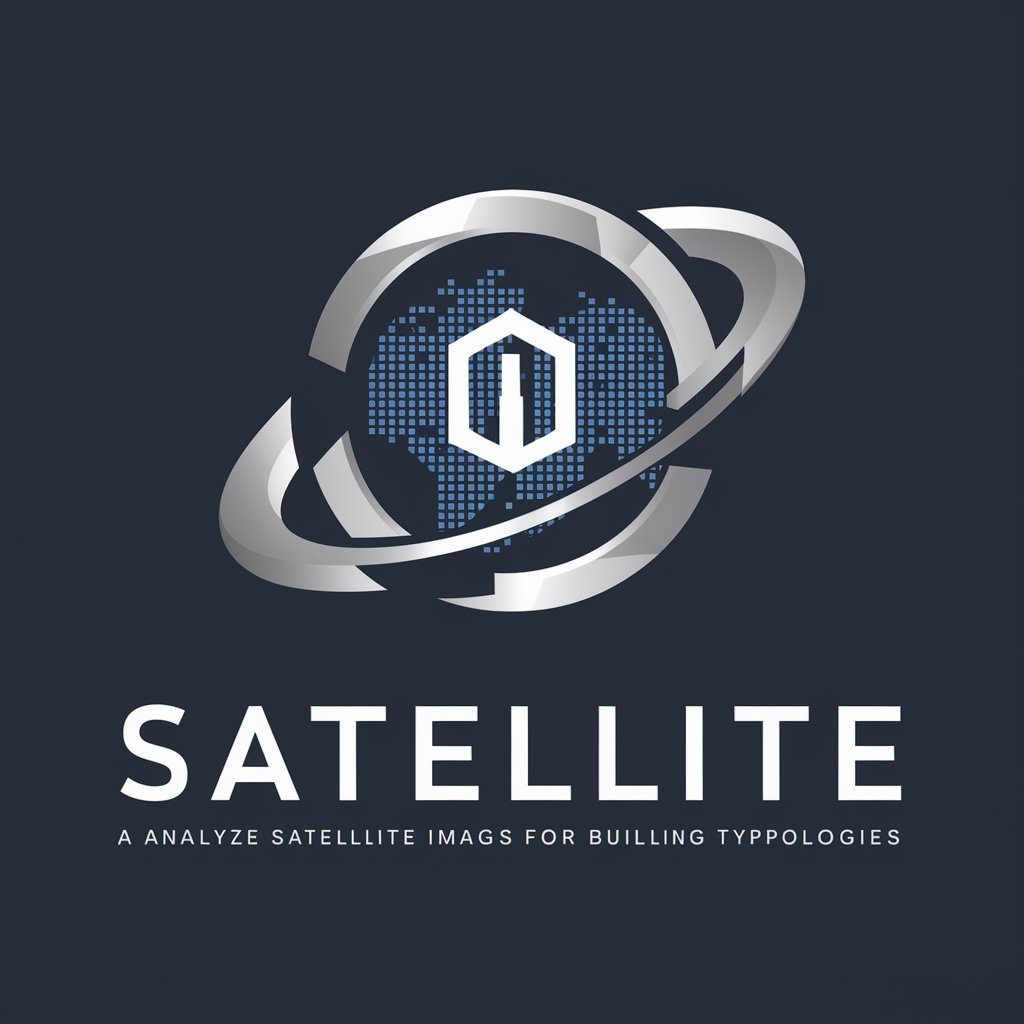
EarthGPT - Maps, Satellite Images, Geography
Explore the world with AI-powered maps and satellite imagery.
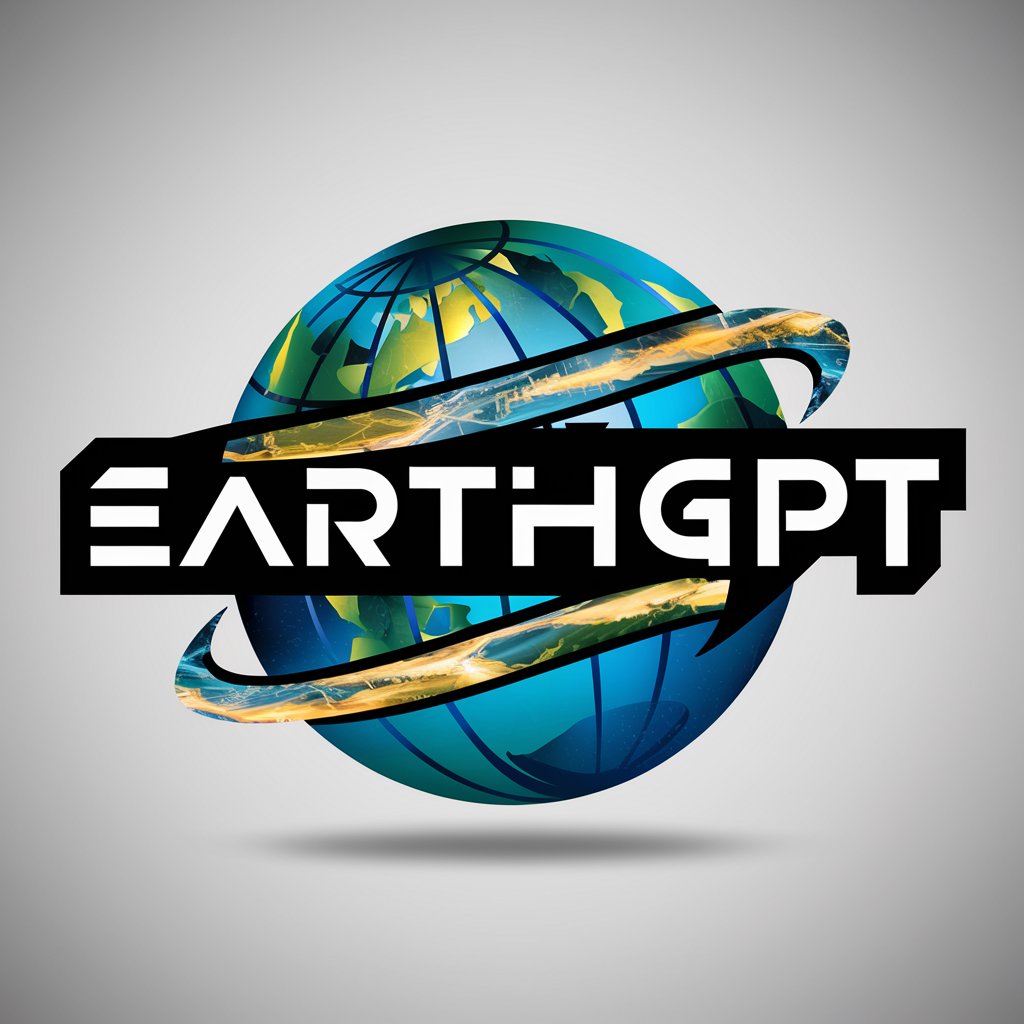
PixSarcasm Studio
Bring photos to life with AI-powered Pixar magic.

CinemAI Studio
Elevate Your Content with AI

RA Studio 5000 Expert
Empowering Automation with AI Expertise

Dustin's GMAT CR: Chain (Argument Evaluation)
AI-powered Argument Evaluation for GMAT
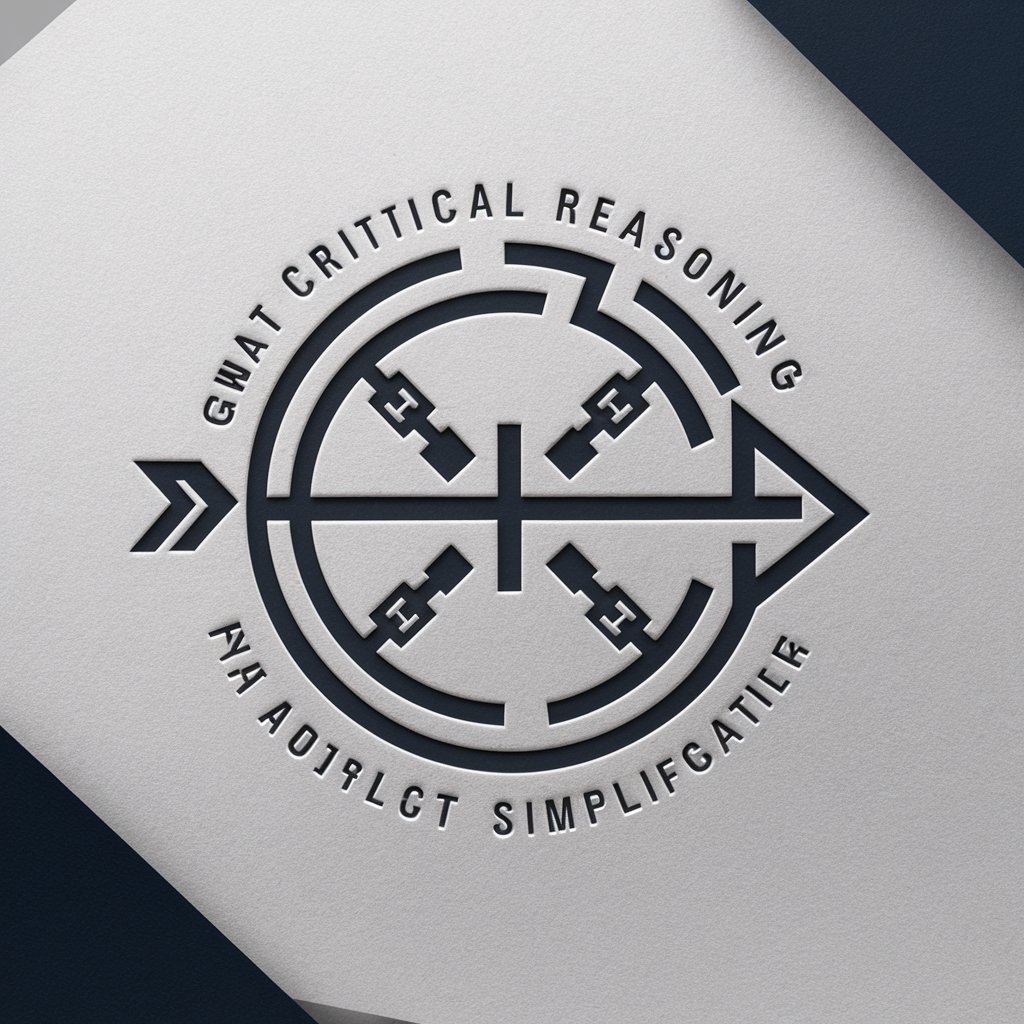
Detailed Q&A about Satellite Laser Communication
What are the primary advantages of satellite laser communication over traditional RF communication?
Satellite laser communication offers higher data rates, improved security due to the narrow laser beam divergence, and less interference from or to other systems, enabling more efficient use of the electromagnetic spectrum.
How does atmospheric interference affect laser communication and how can it be mitigated?
Atmospheric conditions, including clouds, rain, and fog, can attenuate laser signals. Adaptive optics and site diversity are common mitigation strategies, adjusting the laser beam in real-time to compensate for atmospheric disturbances.
What role does satellite alignment play in laser communication?
Precise satellite alignment is crucial due to the narrow beam width of laser communication. This requires sophisticated tracking and adjustment mechanisms on both the satellite and ground stations to maintain the communication link.
Can satellite laser communication systems be used for Earth observation data downlink?
Yes, satellite laser communication is ideal for Earth observation data downlink, providing high bandwidth necessary for transmitting large volumes of data, such as high-resolution images, in real time or near-real time.
What are the challenges in implementing satellite laser communication systems in terms of technology and cost?
The main challenges include the initial high cost of development and deployment, the need for precise pointing and tracking systems, and mitigating atmospheric interference. However, ongoing advancements in technology are gradually reducing these barriers.
